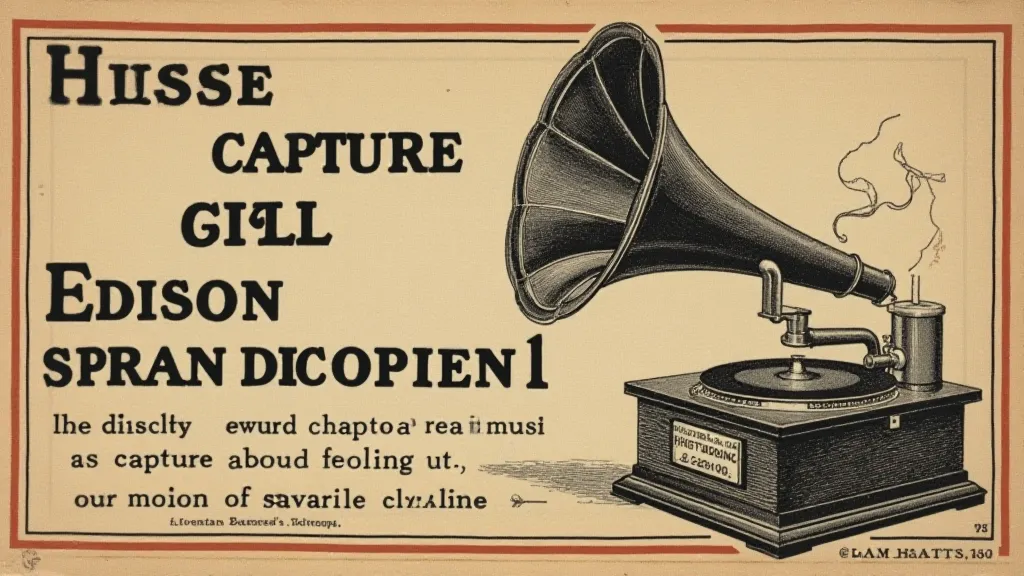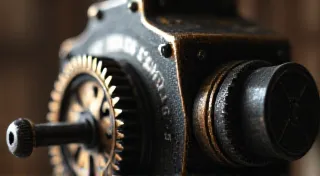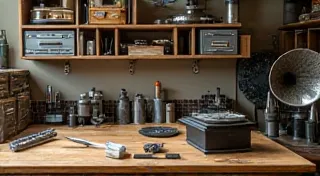The History of Edison's Phonographs and Their Unique Features
Thomas Edison's name is synonymous with invention, and among his most enduring contributions to the world is the phonograph. While not the first attempt at recording and replaying sound, Edison’s 1877 invention revolutionized music consumption and fundamentally altered the landscape of entertainment. This article will explore the history of Edison’s phonographs and highlight the unique characteristics that distinguish them from other early sound recording devices.
The Birth of the Phonograph: A Serendipitous Discovery
The story begins in 1877. Edison was experimenting with telegraph technology, specifically trying to create a device that could transmit multiple telegrams simultaneously. While this initial goal wasn’t achieved, a byproduct of these experiments led to a remarkable observation. A diaphragm connected to a stylus was vibrating, and Edison realized that the stylus could be used to etch grooves into a sheet of tin foil wrapped around a rotating cylinder. When the cylinder rotated and the stylus followed the grooves, the recorded vibrations could be replayed.
Edison initially demonstrated his "Phonograph" to a group of friends and quickly became an international sensation. News of this groundbreaking invention spread rapidly, capturing the public’s imagination and heralding a new era of recorded sound.
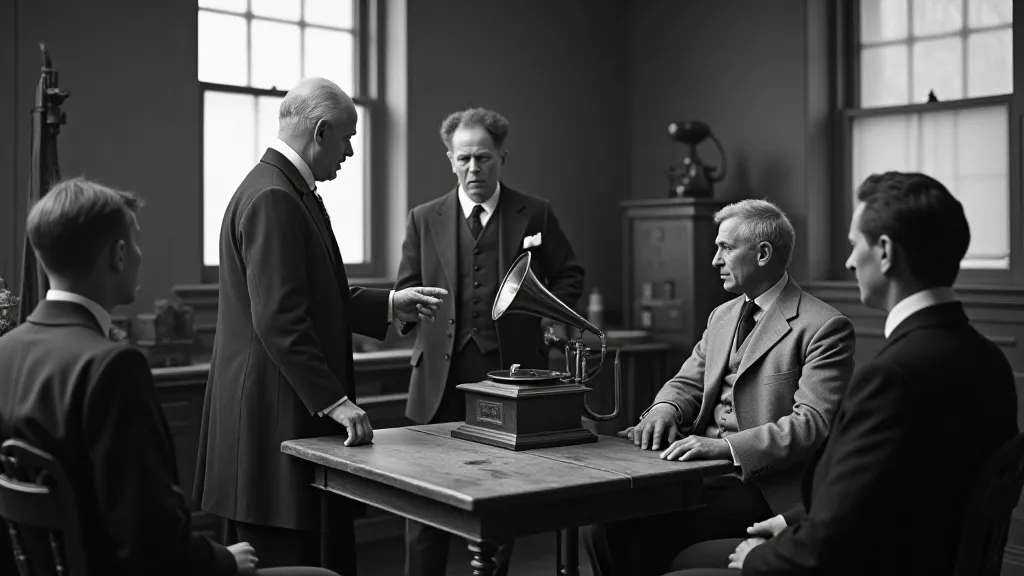
Early Models and Their Development
The initial phonograph, dubbed the "Tinfoil" model, was a marvel, but it suffered from limitations. The tinfoil was fragile and the recordings were of short duration and poor quality. Edison, understandably, shifted his focus to other inventions for a period, leaving the refinement of the phonograph to others.
Around 1886, Edison revisited the phonograph, introducing the "Perfected" or "Improved" phonograph. This model incorporated significant improvements. Most notably, it utilized a wax-coated cardboard cylinder instead of tinfoil. The wax allowed for more detailed groove impressions, resulting in better sound quality and longer recording times. A hand-crank mechanism also replaced the earlier spring-driven system.
Key Features of Edison Phonographs
Edison's phonographs are recognized by several distinctive features:
- Wax-Coated Cylinders: As mentioned, the wax-coated cylinders were crucial to the improved sound quality of the "Perfected" models. These cylinders are often referred to as "Berliner" cylinders, as Emil Berliner's work on disc recording influenced their development.
- Hand-Cranked Operation: Early Edison phonographs relied on a hand crank to rotate the cylinder. While later models used spring-driven mechanisms, the hand-crank remained a defining characteristic.
- Horn Resonators: Early Edison phonographs featured large, horn-shaped resonators. These horns amplified the faint sound produced by the stylus, making the music audible. While visually distinctive, these horns were not essential for playback.
- Standardized Cylinder Sizes: Edison established standardized cylinder sizes, which helped to ensure compatibility between different phonograph models. This also facilitated mass production and distribution of recordings.
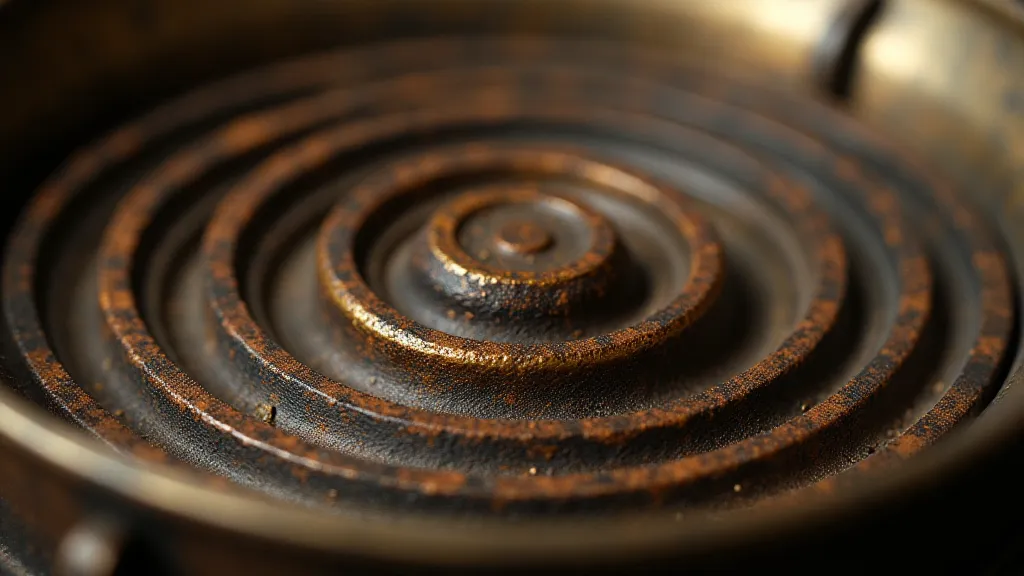
Collecting Edison Phonographs
For collectors of antique phonographs, Edison models hold a special place. The early models are highly sought-after, particularly those in excellent working condition. However, even non-working examples are valuable, providing a tangible link to a pivotal moment in technological history.
When collecting Edison phonographs, factors to consider include the model’s rarity, its condition, and the presence of original accessories, such as the original cabinet and recording horn. Cylinders themselves are also highly collectible, with rare recordings fetching significant prices.
The Legacy of Edison's Phonographs
While ultimately surpassed by Berliner's disc-based Gramophone, Edison's phonographs played a vital role in the development of recorded sound. They laid the groundwork for the modern music industry and inspired countless inventors and entrepreneurs. Their unique features and historical significance continue to fascinate collectors and music enthusiasts alike.
